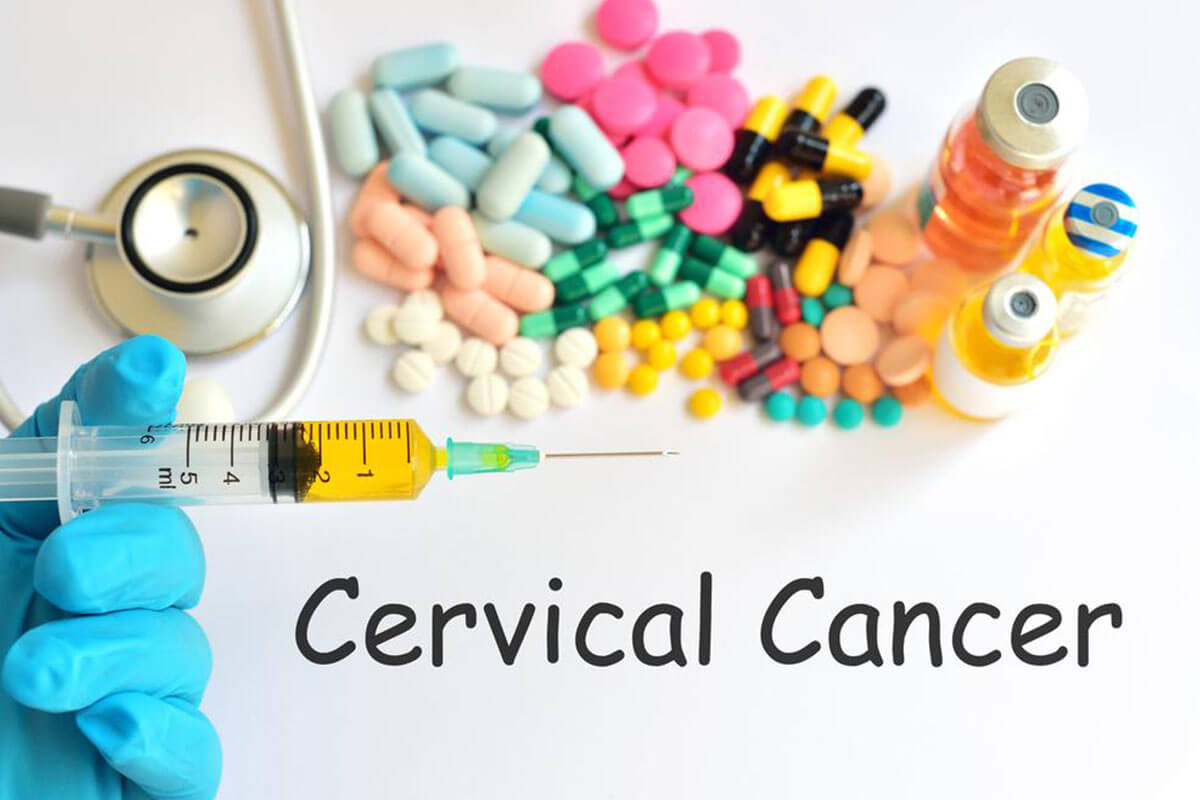
Diet
6 Easy Snacks That Are the Perfect Treat for Kids
Kids can be extremely picky eaters, and dealing with their mid-day hunger pangs is always a tough task. However, snack time is a central part of a kid’s day. As soon as hunger pangs set in, they can feel irritated, get cranky, and experience intense mood swings. Keeping their little tummies full is the only way to get their cheerful selves back. While you may understand the importance of feeding healthy snacks to your kids, you might not be able to take out sufficient time in the day to prepare these snacks. Parents juggle between different tasks and often give in to packaged foods as an easy solution. However, we have some good news for you. You can create several easy and irresistible snacks in your kitchen. Not only do they taste delicious, but also keep up the energy levels of your little ones. Without further ado, here are some easy snack recipes that you can create quickly: Cherry tomato and yogurt dip: The cherry tomato and yogurt dip is an easy and vibrant snack that is loved by most kids. The bright red color of the cherry tomatoes contrasts with the creamy yogurt, making this snack even more appealing.













